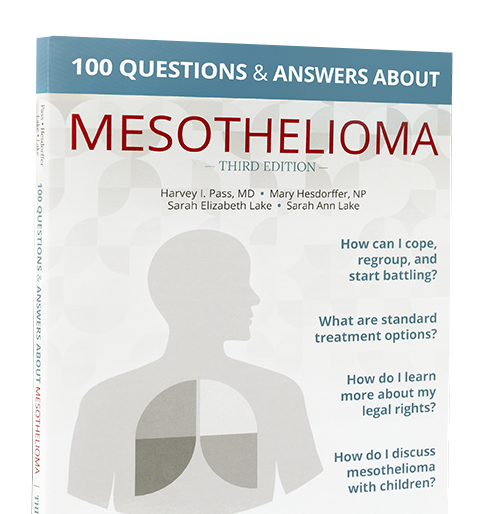A research team says that is has discovered a mechanism that influences the progression of an aggressive subtype of mesothelioma.
According to research team and Comprehensive Cancer Center (CCC) members, Michael Grusch and Karin Schelch (also lead author of the study), the tumor cells of the Sarcomatoid subtype of mesothelioma “are able to assume special characteristics that promote migration and therefore spread of the cancer. This is possible because the cells receive the requisite signals for this spread from certain messenger substances, namely the two growth factors FGF2 and EGF.”
“By blockading these signals, it might be possible to develop new approaches for treating this subtype of malignant pleural mesothelioma.”
Many mechanisms that cause cancer were originally processes that a healthy body needs to function normally. To promote tumor growth, tumor cells "exploit" many mechanisms, which were originally processes that a healthy body needs to function normally.
For example, the team wrote: “In some instances, such as embryonic development or wound healing, it is essential for cells that are anchored in one spot to be able to migrate. To allow this to happen, a complex modification process is initiated within the cell. This is known as epithelial-mesenchymal transition (EMT). As a result of EMT, the cells change their properties and their appearance. Cells that were once epithelial cells with high cell-cell adhesion and therefore immovable, transform into mesenchymal cells. These are cells with no fixed cell junctions that are therefore able to migrate and spread.”
"EMT plays a key role in the development of metastases and in local spread,” explained Grusch. This is especially true “in the aggressive forms of malignant pleural mesothelioma” where “we could see that the tumor cells are very similar in appearance to mesenchymal cells. In a petri dish, we have now investigated which biological signals cause the cancer cells to take on the characteristics of these mesenchymal cells."
In aggressive MPM, the team found that “EMT is triggered by defined signals. These are, in fact, a group of so-called fibroblast growth factors (FGF2) and epidermal growth factors (EGF). These signaling substances bind to receptors on the surface of the tumor cells and forward the signal to modify into the cell interior.”
“If FGF2 and EGF are in play,” explained Schelch, “the tumor subtype becomes more aggressive."
The research team showed, in a further step, that tumor cells “lost their aggressive characteristics again as soon as they encountered substances that blockade the effect of FGF2 and EGF.” According to Mir Ali Reza Hoda, CCC Department of Surgery and second lead author: "Our results help to provide a better understanding of the disease. Blockading these signals could therefore offer new approaches for treating certain aggressive forms of mesothelioma.”
If you have been diagnosed with mesothelioma, talk to your doctor about newer or experimental treatments for the disease. A new or experimental treatment could be effective in treating your specific type of mesothelioma. Talk to your doctor today.
Sources
Grusch, Michael, Karin Schelch, and Mir Ali Reza Hoda. “FGF2 and EGF induce epithelial-mesenchymal transition in malignant pleural mesothelioma cells via a MAPKinase/MMP1 signal.” National Center for Biotechnology Information (NCBI). U.S. National Library of Medicine (NLM), National Institutes of Health (NIH), 05 Apr. 2018. Web. 05 Feb. 2019.
“Malignant pleural mesothelioma: new mechanism of spread discovered.” Medical University of Vienna. Medical University of Vienna, 13 Dec. 2018. Web. 05 Feb. 2019.





